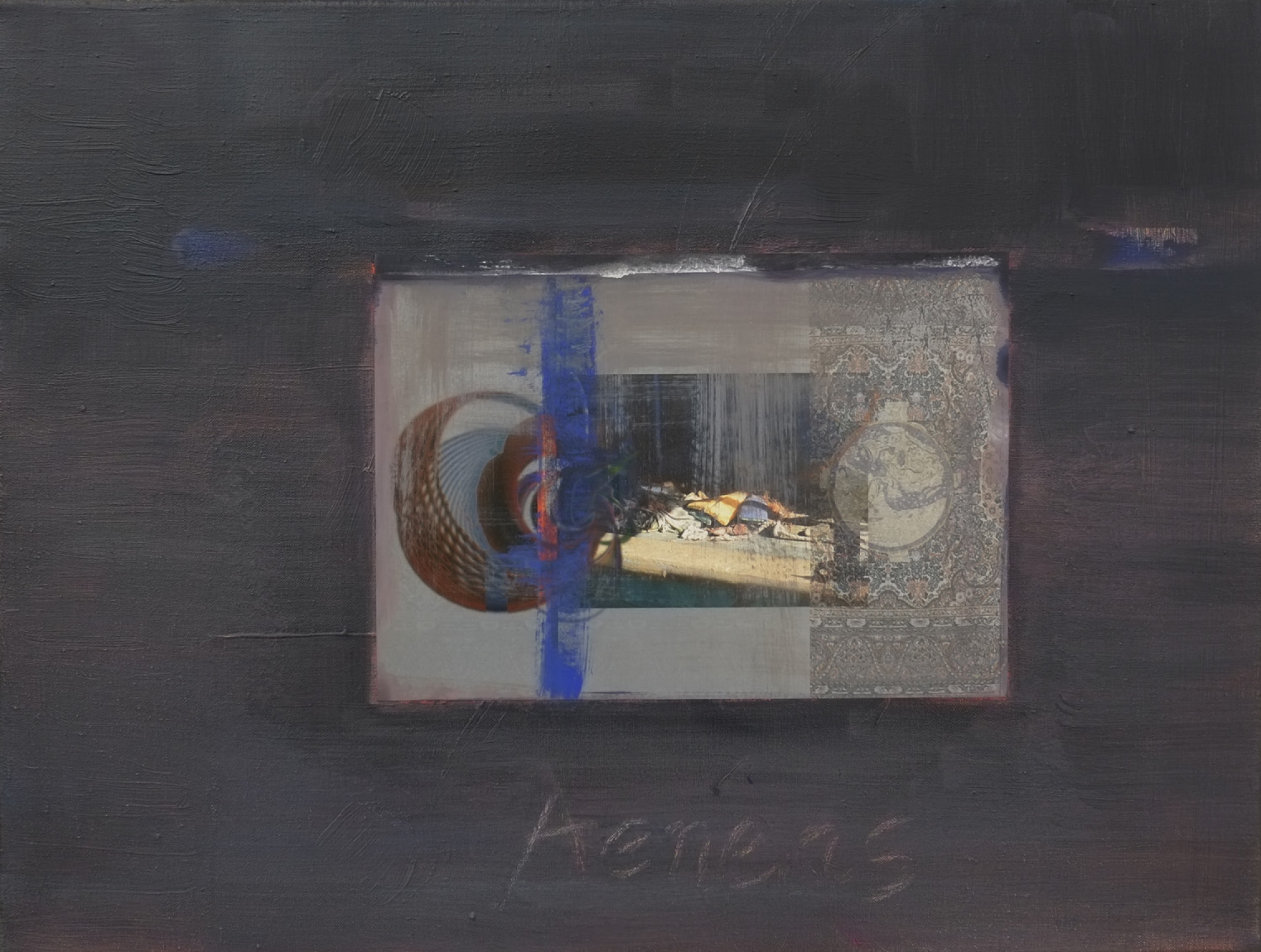Kanad Chakrabarti - UCL Mathematics
This project, a collaboration between Kanad Chakrabarti and Dr Jason Lotay of UCL's Mathematics Department, looked at the Clifford Torus, which is a fibration, or map, of the 3-sphere.
Featured Media

This project, a collaboration between Kanad Chakrabarti and Dr Jason Lotay of UCL's Mathematics Department, looked at the Clifford Torus, which is a fibration, or map, of the 3-sphere. The collaboration led to a painting, a number of sculptural pieces, the Interim Show installation, and a short video.
The 3-sphere is a ‘sphere', in a topological sense, embedded in 4-D, that satisfies the equation x2+y2+z2+w2 = 1. The fibration visually and conceptually presents the 3-sphere as being made up of rings, or circles, arranged in a set of nested torii; in each given torus, each ring crosses every other ring, but only once.
Besides its inherent mathematical and visual interest, the Clifford Torus is significant because William Kingdon Clifford (1845-1879), who, in parallel with Heinz Hopf, discovered the construction, was a mathematician at King's College. His contributions also include a novel use of quaternions, originally developed by William Rowan Hamilton, now known as the Clifford (or Geometric) Algebra. It represents an elegant approach to the general problem of how to uniquely define rotations in 3-D and higher dimensions, now finds applications in computer graphics, avionics, and robotics.
The polymath Clifford also had a range of other interests, writing copiously and incisively in ethics and religion, and had a great love of the Mediterranean. In a formative experience, he was shipwrecked off Sicily during an eclipse-viewing trip, and ultimately died at a relatively young age in Madeira.
In a parallel with Clifford's own life and work, this painting sweeps an arc from mathematics to ethics: the Clifford Torus is juxtaposed against a photograph Chakrabarti took at Ortygia, the ancient port of Siracusa, in Sicily. These are the remains of a migrant-carrying boat that was rescued in the seas between Italy and Tunisia - the Italian Coast Guard commander he spoke with described to me the horrors of the rescue. By highlighting this image, the painting connects fibrations/maps, with the movement of peoples, an issue of great contemporary and historical relevance. The title refers to a character from the Iliad: Aeneas, a refugee by any other name, who fled the ruins of Troy to settle in the future Rome; he is the subject of Virgil's Aeneid.